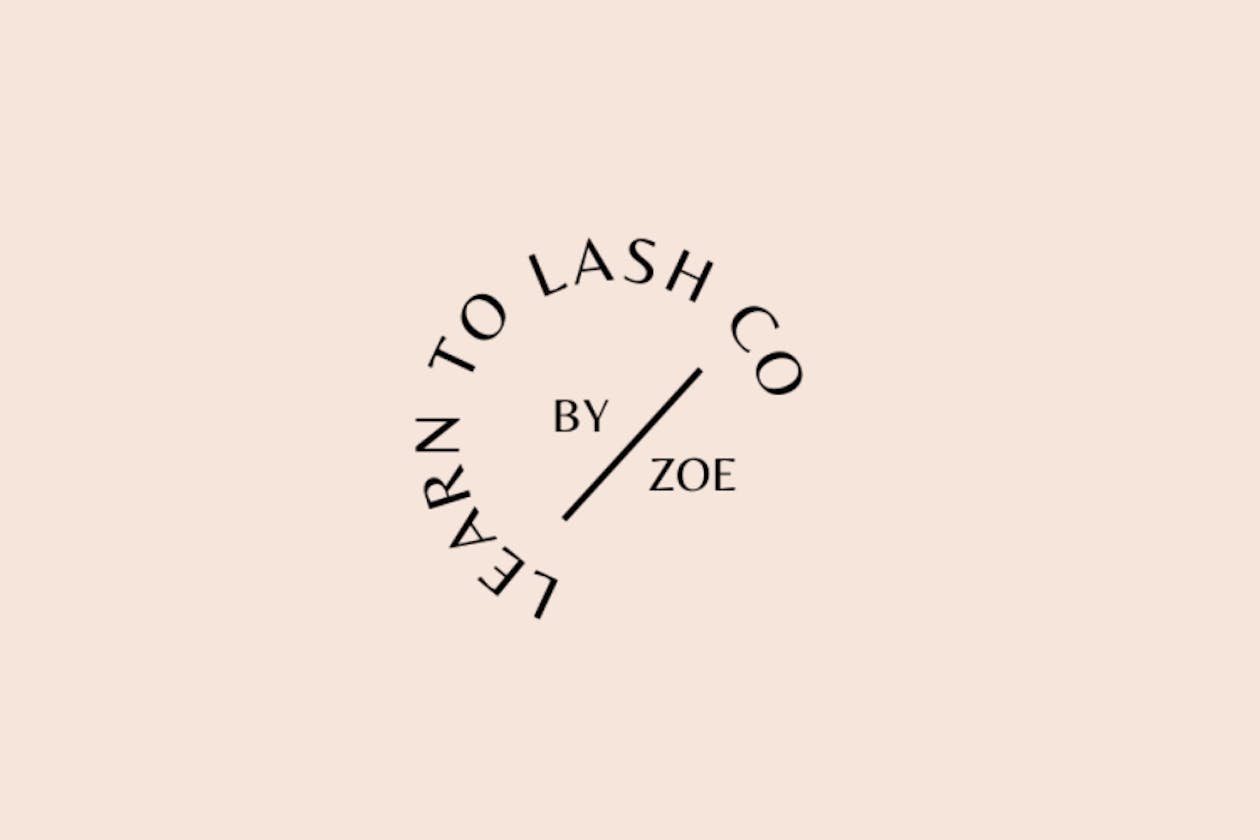
False Eyelashes Book your false eyelashes appointment online and save
Top 20 False Eyelash SalonsFor more salons, check out Fresha’s list of Eyebrow & Lash Studios.
 Shop 6 / 499 Dean Street (2nd Flr., Inside CML Building), Albury CBD 2640(127)Lash & Brow Co by Zoe will make you feel glamorous and beautiful. See Zoe and her team for eyelash extensions, eyelash lifts, brow treatments, and waxing.
Shop 6 / 499 Dean Street (2nd Flr., Inside CML Building), Albury CBD 2640(127)Lash & Brow Co by Zoe will make you feel glamorous and beautiful. See Zoe and her team for eyelash extensions, eyelash lifts, brow treatments, and waxing.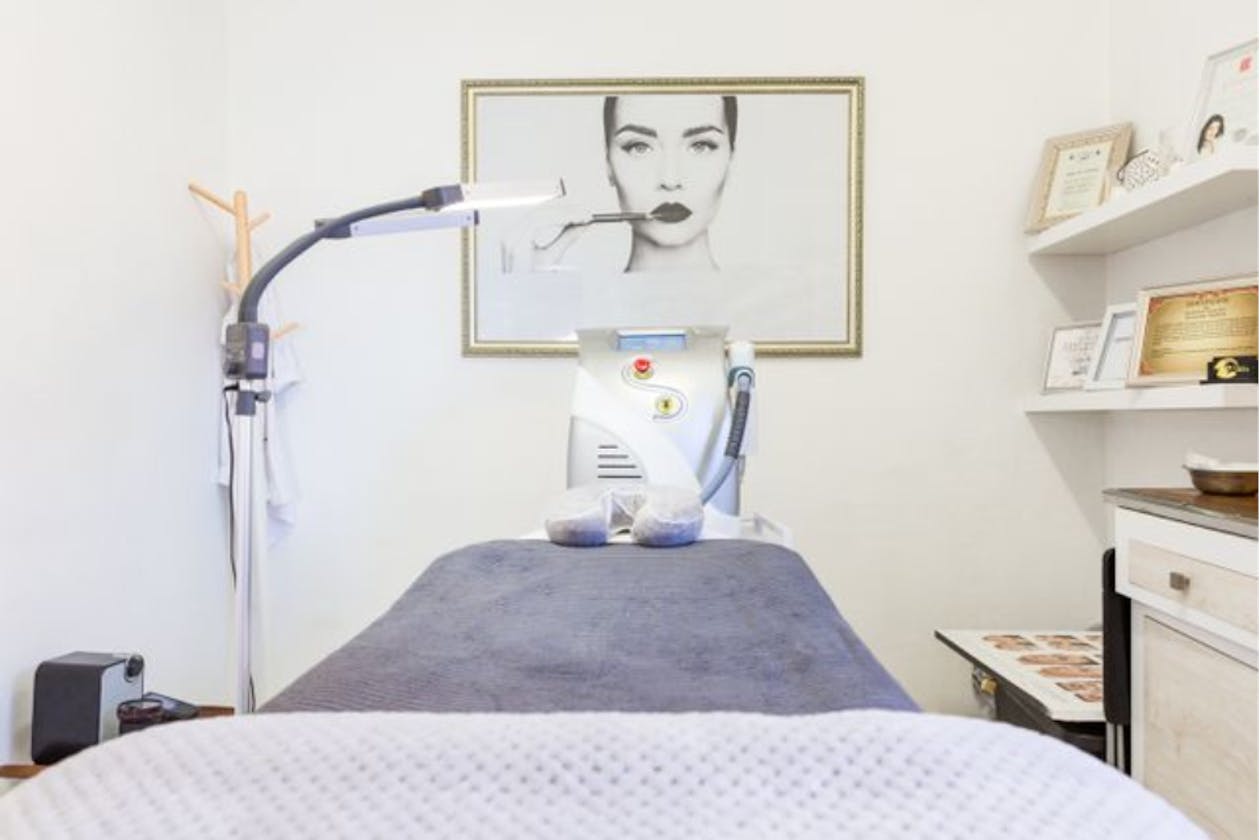
Brow Artistry HQ
179 Bondi Rd, NSW, Bondi 2026(212)This phenomenal O’Brien Street studio in Bondi is a one-stop shop for all your lash, brow, facials, waxing and make-up needs. Indulge in a pampering today!
Gloss Beauty Salon
Shop 1A / 57 Minnamurra Circuit, Prestons 2170(1919)For all your skin, beauty and relaxation needs, look no further than Gloss Beauty Salon, conveniently situated on Minnamurra Circuit in Prestons NSW.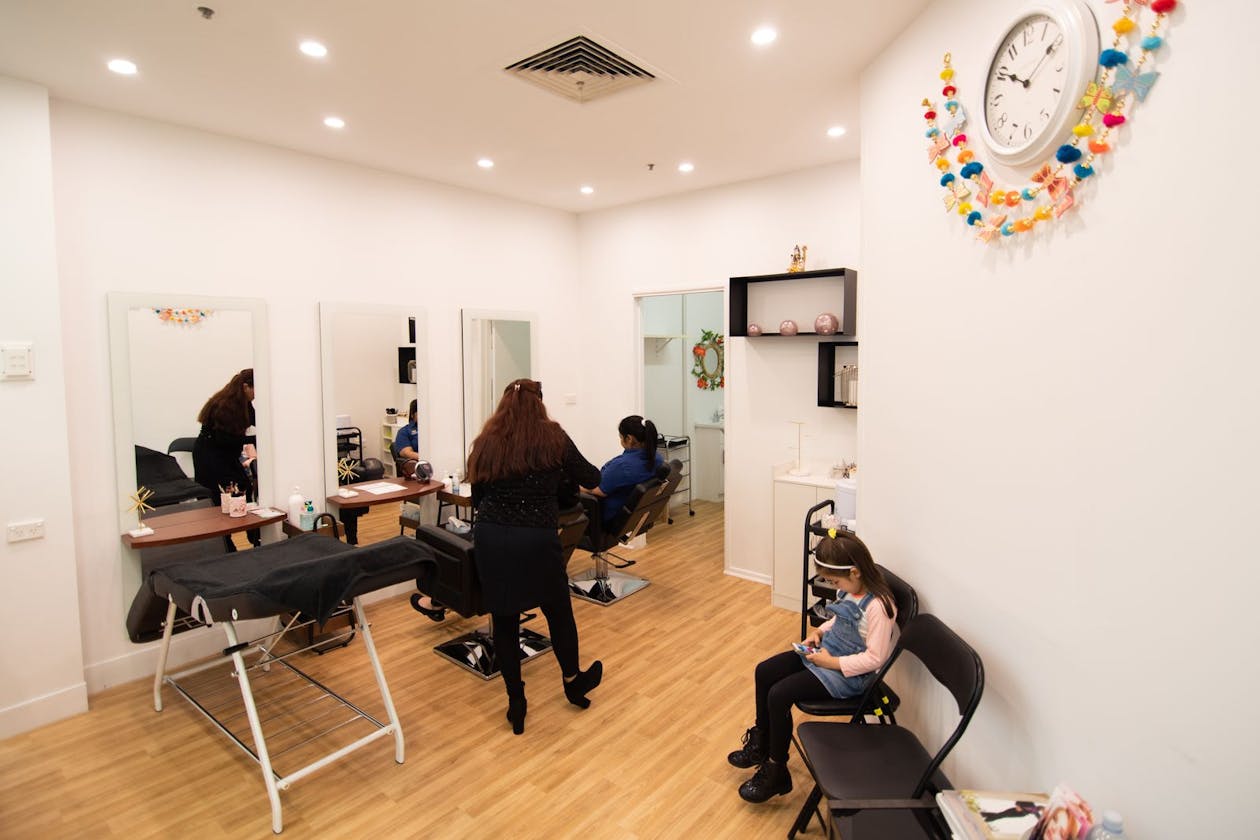
Rimi Beauty Salon Stafford
19/400 Stafford Road, Stafford 4053(140)For all your threading, waxing and beauty needs, the fantastic team at Rimi Beauty on Teviot Road in Greenbank have got you sorted. Book online today.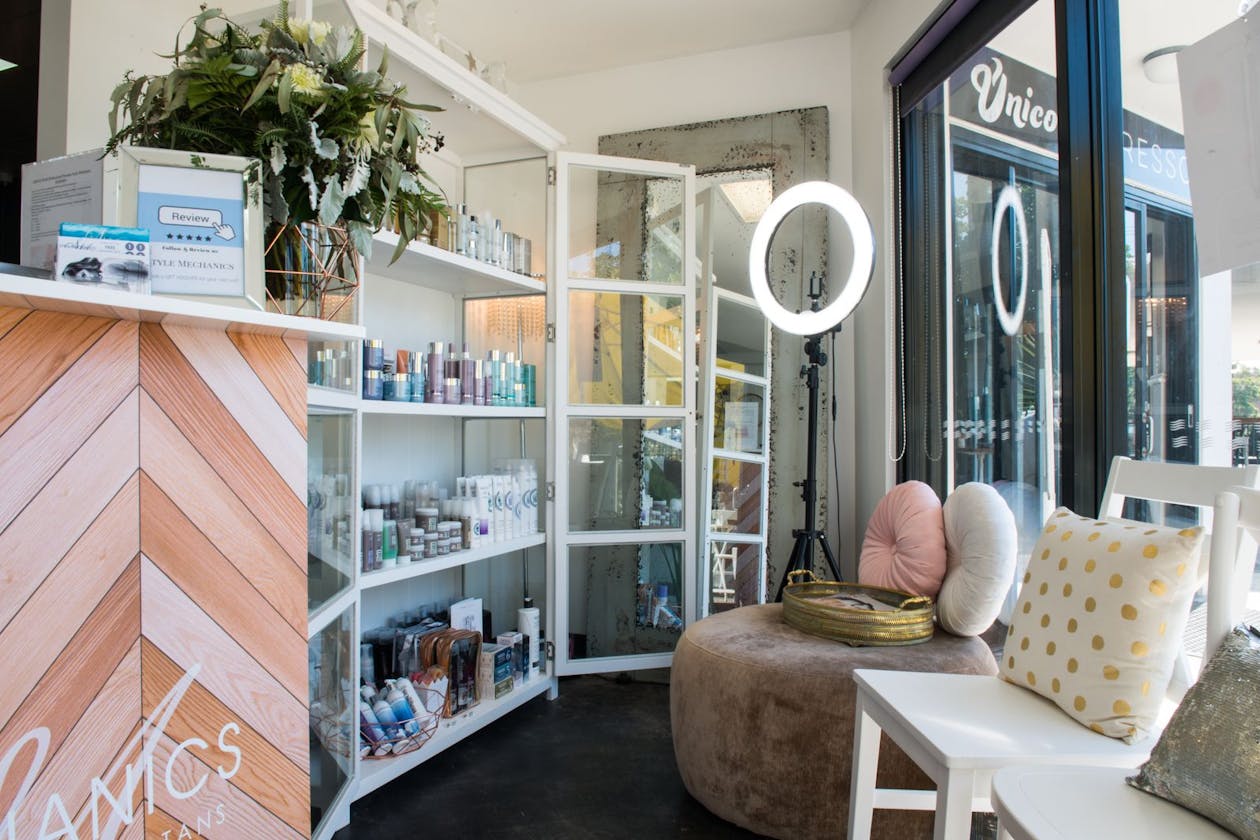
Style Mecha
3 / 100 Mooroondu Road, Thorneside 4158(237)The team at Style Mechanics will utterly spoil your hair and beauty needs. The salon offers Racoon hair extensions, Wella Professional products, and Nioxin.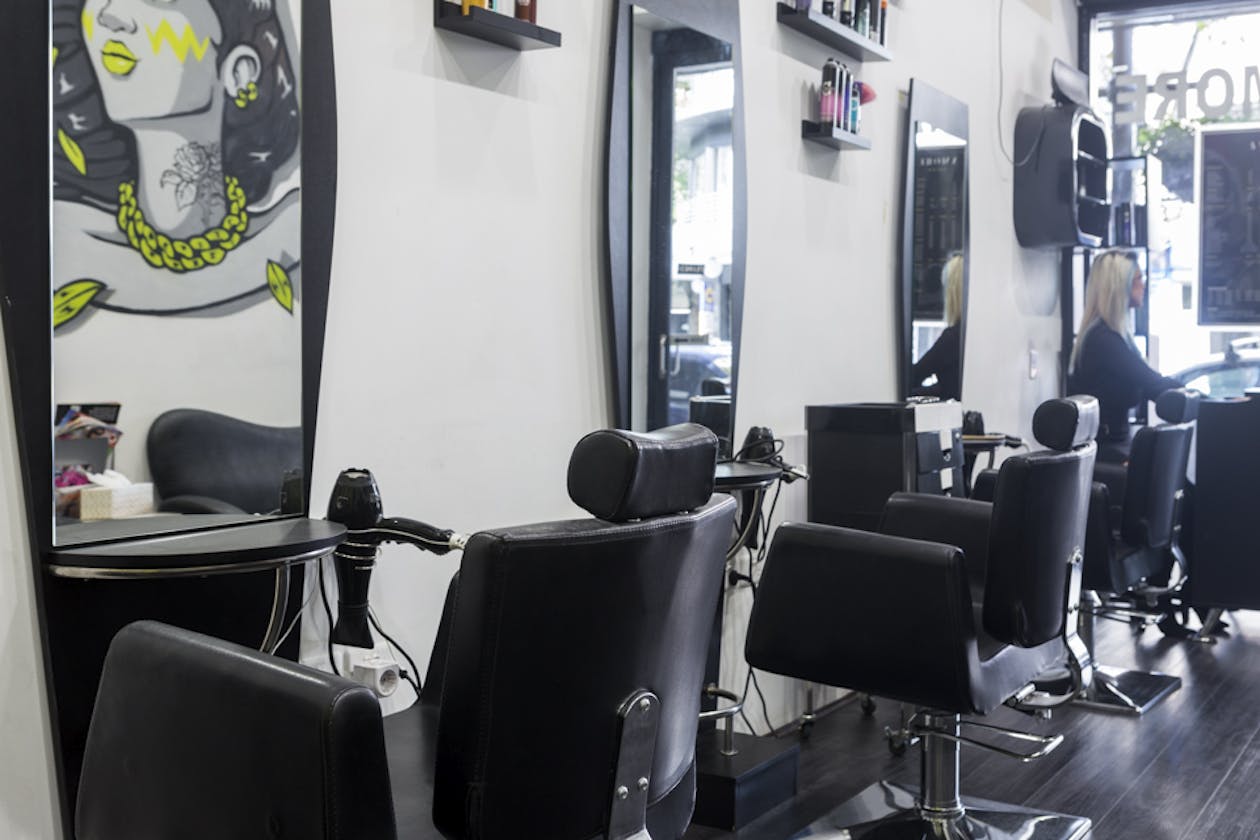
Amore Salon
1/5 Springfield Ave, Potts Point 2011(26)Amore Salon is a high-quality boutique hair salon in the heart of Potts Point offering a variety of cuts and colours.
Rimi Beauty Threading and Waxing Studio
3A/251 Teviot Road, , Greenbank 4124(30)For all your threading, waxing and beauty needs, the fantastic team at Rimi Beauty on Teviot Road in Greenbank have got you sorted. Book online today.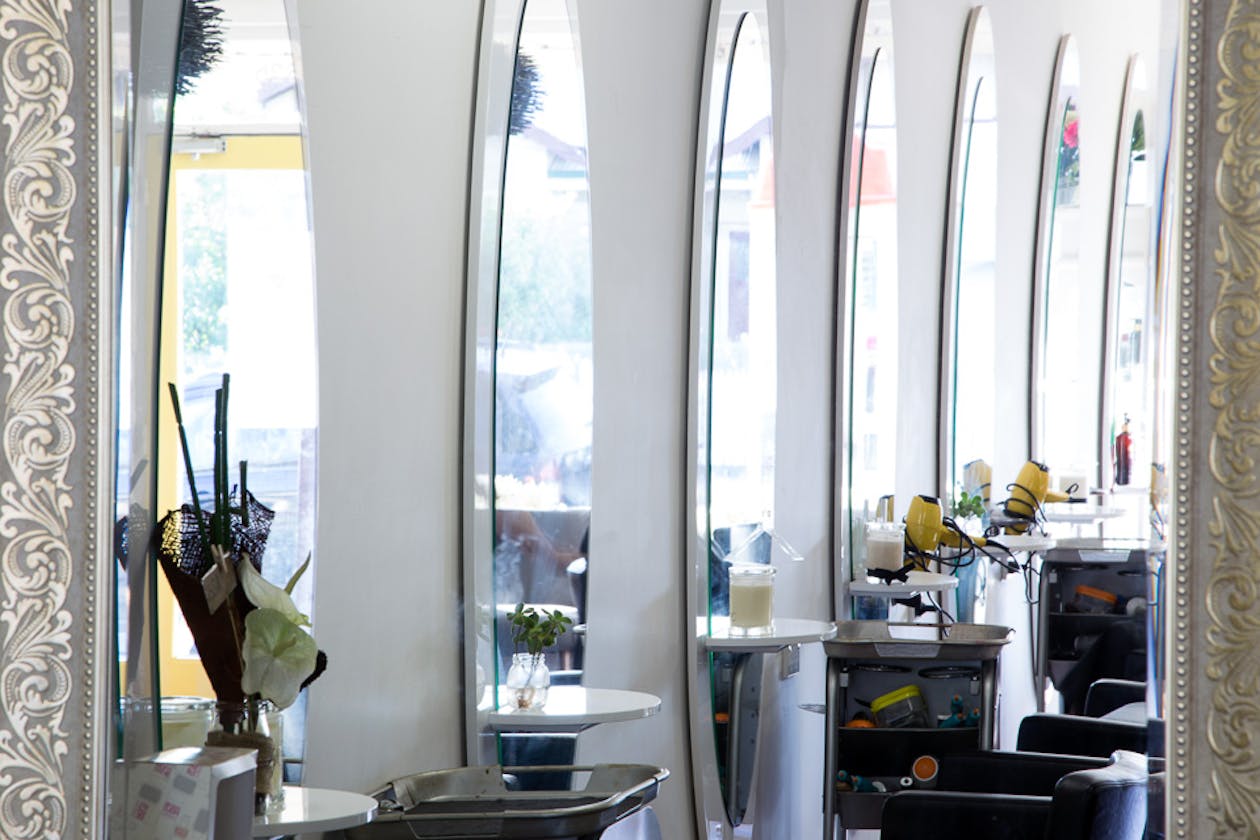
Aura Hair and Body
52A Davenport Terrace, Richmond 5033(18)Aura Hair and Body are waiting to make you look, and feel amazing. Book in for fabulous extensions, colour and cut and blow dry. Or add body with a perm wave.
Beauty 4 Life - Altona Gate
Level 2 / 124 - 134 Millers Road, Altona North 3025(22)What better way to relax, unwind and enjoy a revitalising makeover, than with the professionals at Beauty 4 Life in Altona Gate? Book online today.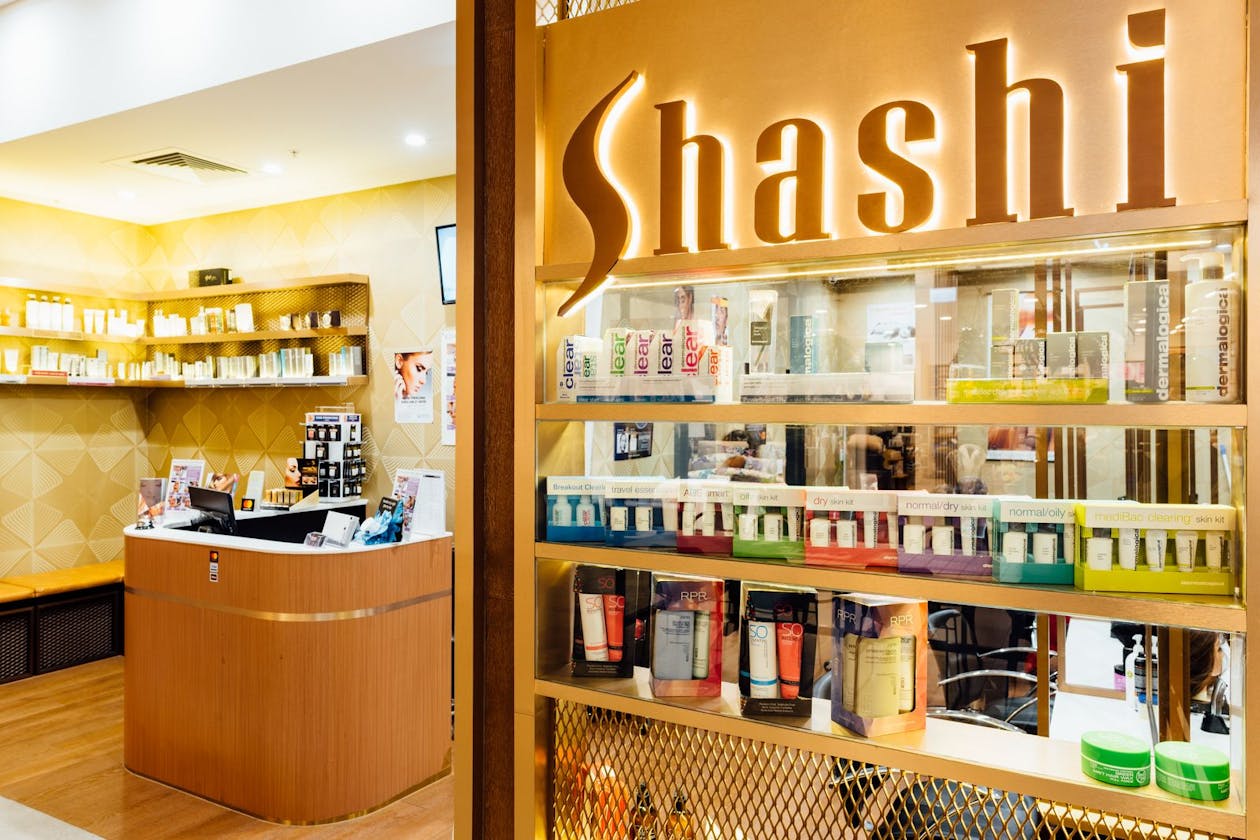
Shashi Hair, Beauty & Day Spa - Top Ryde
Shop 4026, Level 4 (Inside Top Ryde Shopping Centre), Ryde 2112(29)Expect outstanding service when you book in with Shashi Hair, Beauty & Day Spa. The salon offers threading, waxing, haircuts and colouring, and deluxe facials.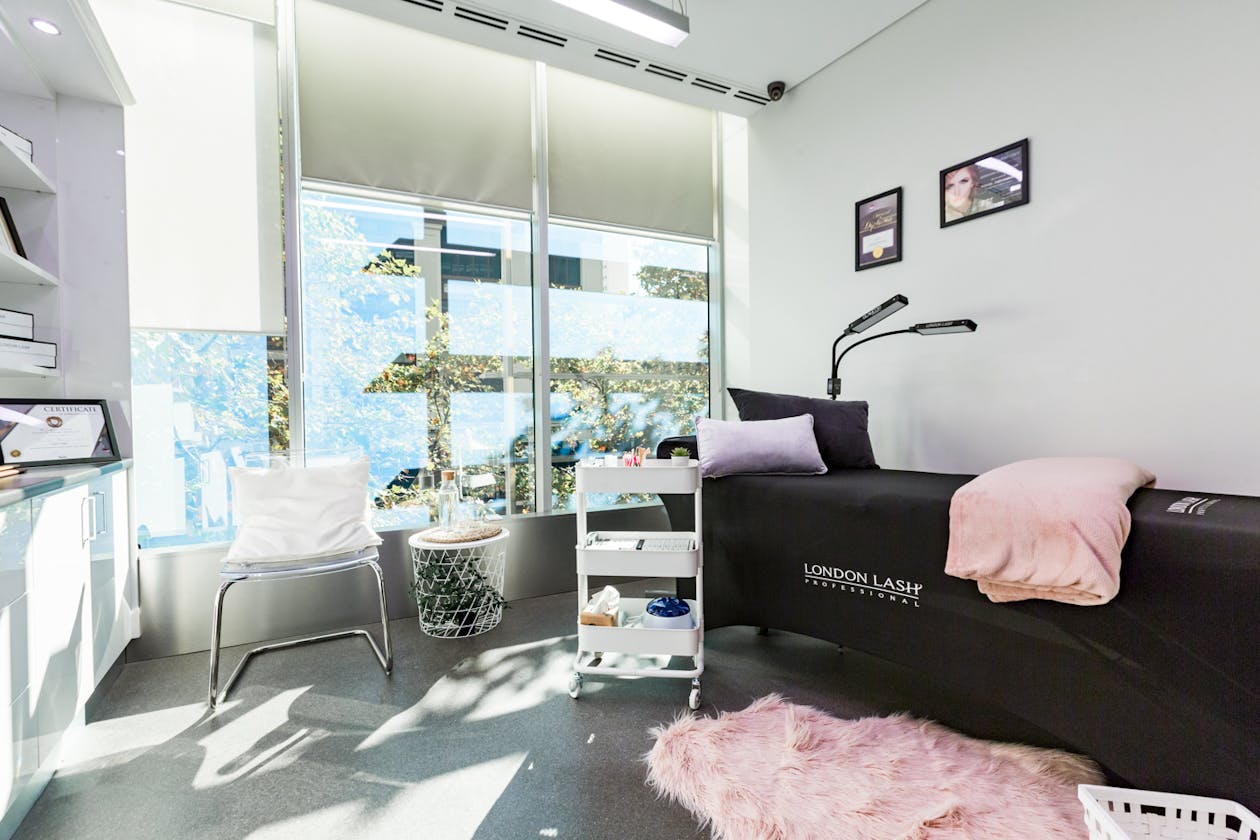
RM Lash and Beauty
Room 425, Level 4, 95 Pitt St , Sydney CBD 2000(14)
Flash Lash by K
28/800 Elgar Rd (Home Business), Doncaster 3108(18)For quality lash extensions, refills and other exceptional beauty treatments, do yourself a favour and book an appointment with Flash Lash By K – Doncaster.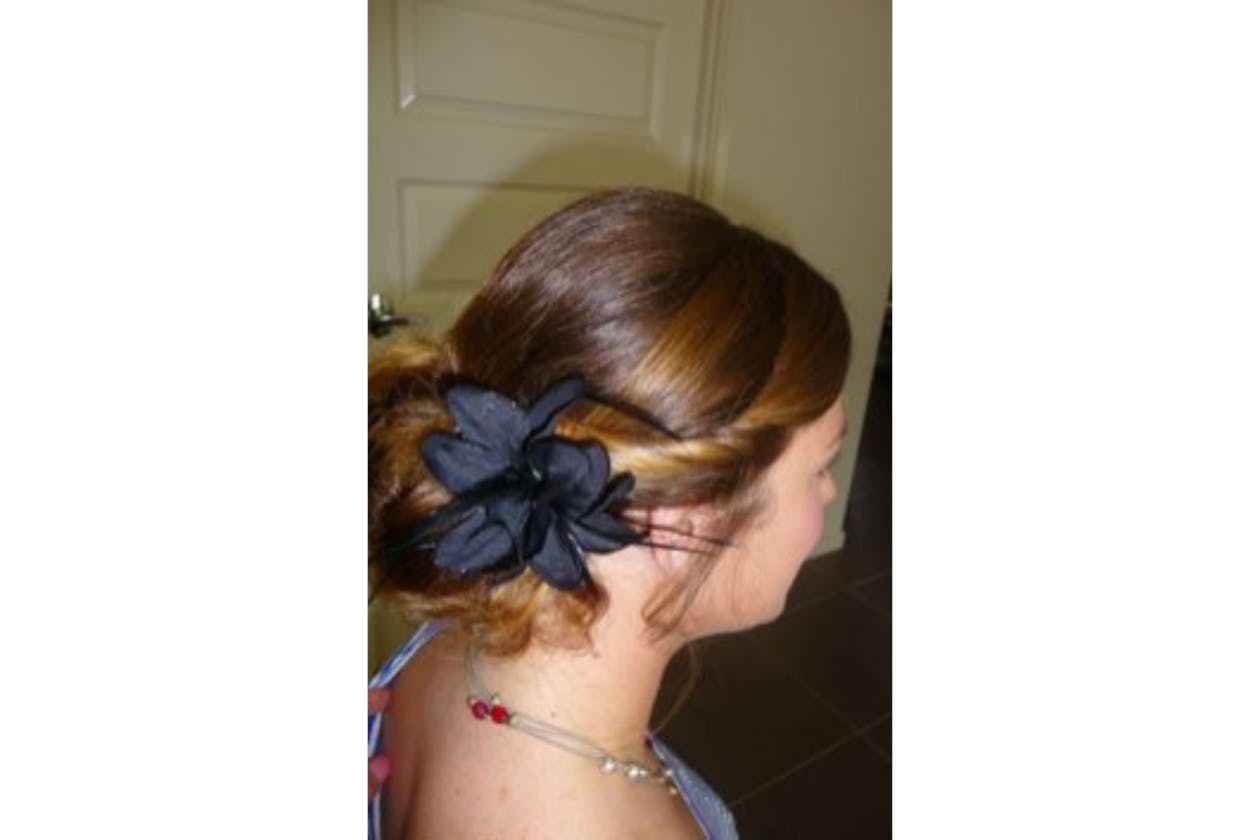
Janet’s Complete Hair & Beauty
21 Sobers Street, Upper Mount Gravatt 4122(66)Got a special occasion coming up that you need to look absolutely stunning for? Book an appointment with Janet’s Complete Hair & Beauty to have her pop over and make you over with the perfect look to accentuate your natural beauty!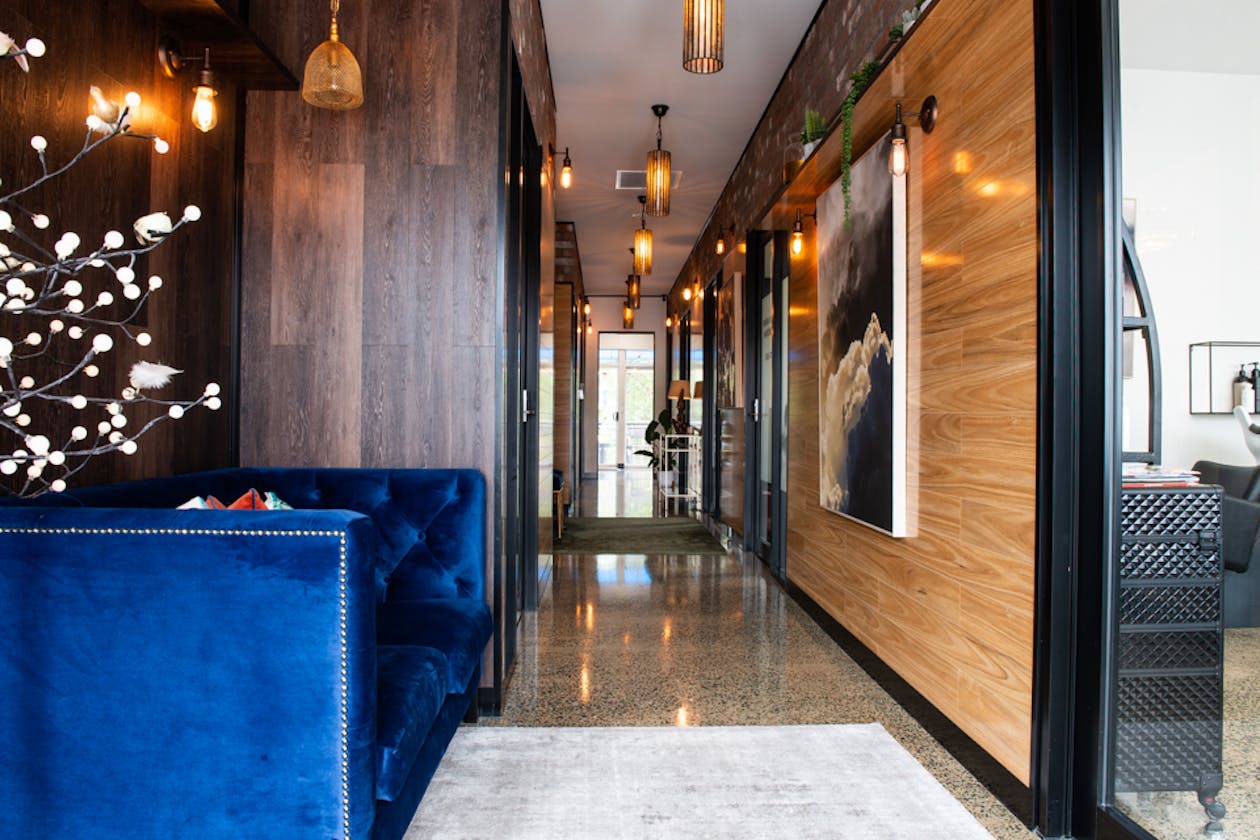
RC Designs
10 / 149 Caxton Street, Paddington 4064(13)RC Designs is a boutique hair salon in Paddington providing Brisbane with exceptional hair and styling services.
Dry and Tea - Hampton
425B Hampton Street, Hampton 3188(7)If you love tea, and a fabulous blow dry, then you must try the Dry & Tea salon. The creative geniuses also cut, colour, foil, and treat hair.
Emily Glasson Hair and Makeup Styling
Unit 3 / 9 Ocean Street, Maroochydore 4558(8)For all your mobile bridal hair, makeup and beauty needs in the Sunshine Coast area, Emily Glasson Hair and Makeup Styling has got you sorted. Get in touch.
Lash Fantasy and Beauty Lounge
7A Glen Street, Werribee 3030(19)Whether you want to look your best for a special occasion or you’re overdue for a pampering, go to Lash Fantasy and Beauty Lounge on Glen Street in Werribee.
Alexa Delsa Le Petit Salon and Make up
67 Grosvenor Street, , South Yarra 3141(9)Alexa Delsa Le Petit Salon and makeup is an oasis of French elegance. Specialising in special occasion looks, and cuts, colour and balayage hair treatments.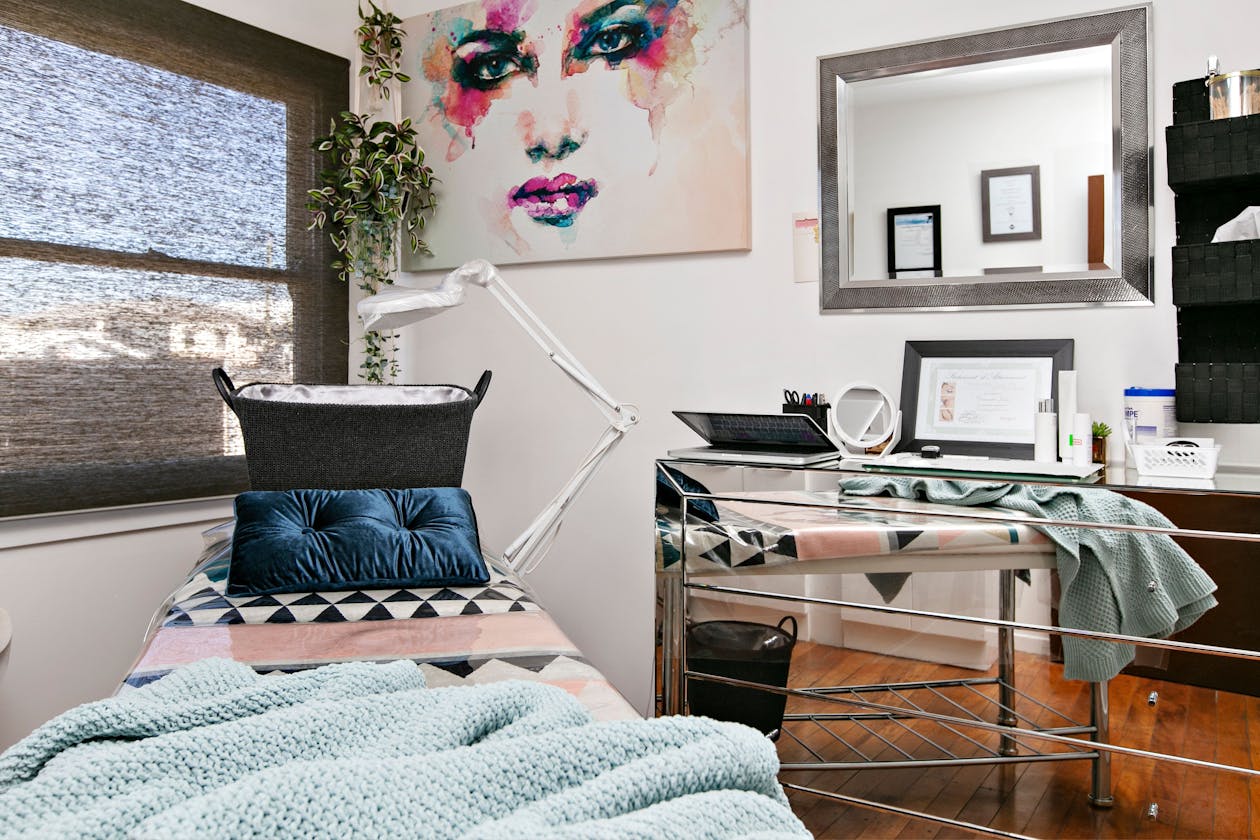
Cassie Beauty Spot
1842 Lwr Gold Coast Hwy (Get Smart Hair Salon), Burleigh Heads 4220(138)Cassie Beauty Spot is the go-to place for all your cosmetic tattooing needs. Get your perfect brow, eyeliner, lips and, of course, the cutest beauty spot!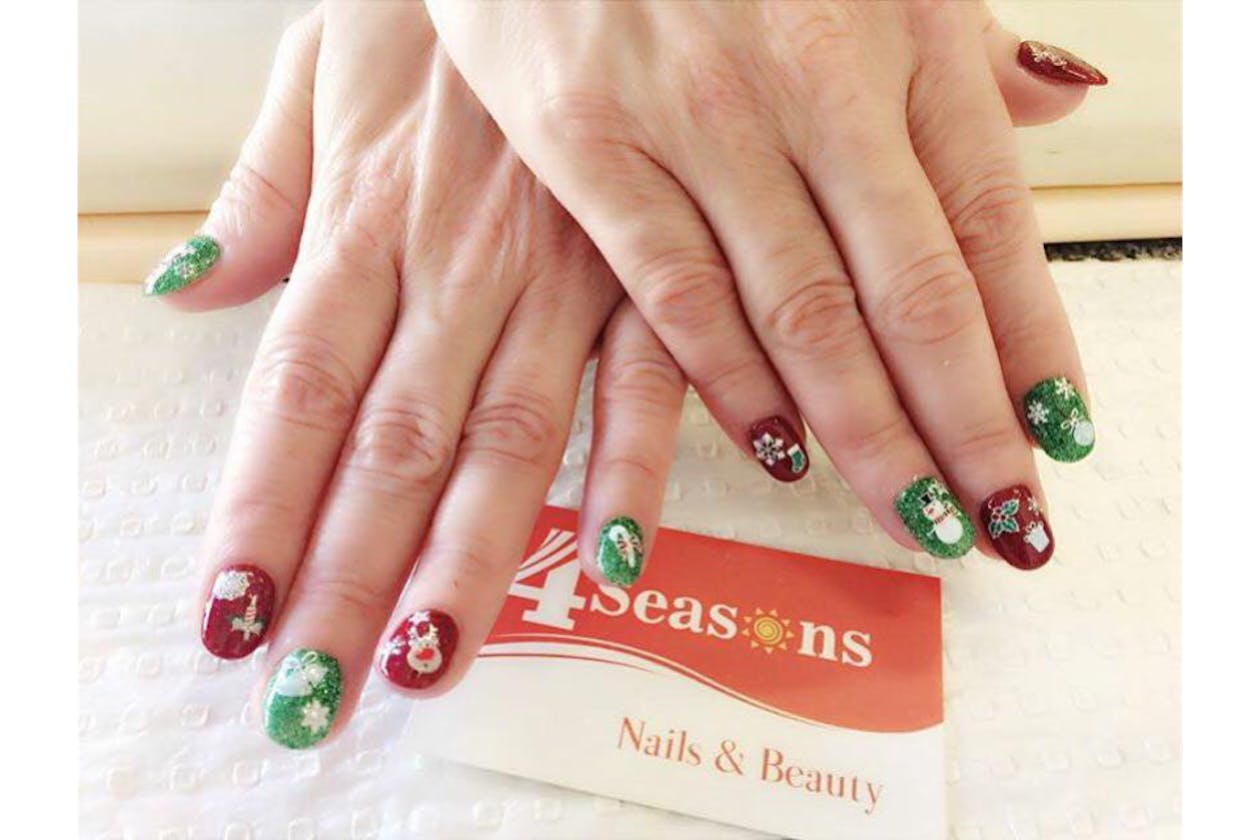
4 Seasons Nails & Beauty
510 Macaulay Road, Kensington 3031(54)4 Seasons Nails & Beauty is a beauty salon in Kensington offering nail and beauty services for a diverse clientele.
False Eyelashes
Long before eyelash extensions became available women used all manner of tricks to create long luscious lashes. Even to this day, false eyelashes are used extensively around the world. Thankfully they are a lot safer than they used to be.
The history of false eyelashes goes all the way back to Ancient Rome. The Romans believed that eyelashes grew shorter with age. They also linked long lashes to being chaste believing excessive sex made them fall out. It wouldn't surprise you to learn that Roman women probably had the longest lashes ever!
Human Hair
The trend died out for a while but was well and truly back by the 1800s - and that's when things got really interesting. One solution was to glue human hair to your eyelids; another was to implant lashes into your eyelids using needles. How gross is that?
False eyelashes as we know them today started life in the early 1900s. They were pretty basic at that time and various people claimed to have invented them. By all accounts, the true inventor was probably Canadian Anna Taylor. She patented a technique that used a crescent-shaped piece of fabric implanted with tiny hairs.
Falsies in the Spotlight
One of the most entertaining 'inventors' was New York hairdresser Karl Nessler. He sold false eyelashes in his salon, describing them as 'a guard against the glare of electric lights'.
By 1916 falsies had moved from the electric light to the spotlight, thanks to Hollywood director DW Griffith. Filming the movie 'Intolerance' he had a wigmaker glue lashes made of human hair onto actress Seena Owen's eyelids. The result was somewhat dire, with Ms Owen's eyes swelling to the point that she couldn't open them.
False eyelashes remained quite unpopular until Vogue magazine gave them the stamp of approval in the 1930s. Amazing adverts appeared for this beauty must, featuring the most flamboyant fake lashes, some adorned with gold and platinum beads.
Hollywood Glamour
Hollywood leading ladies such as Rita Hayworth and Marilyn Monroe couldn't wait to get their hands on them in the 1940s and 50s and that was the only encouragement ordinary women needed to give them a go. By this stage, manufacturers had stopped using fabric and human hair. They used very thin plastic instead.
One of best-known wearers of false eyelashes in the 1960s was supermodel Twiggy. We're talking big, over-the-top lashes that really made an impact. Despite the amount of publicity that attracted, the wearing of false eyelashes died a bit of a death during the 70s and 80s.
By the 1990s, however, they were back with a vengeance, thanks to celebs such as Pamela Anderson and Cindy Crawford. The question is what would you pay for a set of false eyelashes? Would you pay $10,000? That's what Madonna paid for a pair of mink and diamond lashes in 2004.
Professional Results
False eyelashes had become mainstream and you could buy them everywhere. You still can and many women apply their own at home. However, for really professional results using safe products, it's best to find a salon that offers makeup services. Whatever you do, don't be tempted to buy cheap imports online as many of the glues can cause irritation.
Despite the top quality eyelash extensions available today false eyelashes remain very popular. They not only look great but also offer some serious benefits.
Let's say you're going to a wedding or some other event where tears are likely to flow. False eyelashes ensure you'll look amazing without mascara running down your face. They're a great way of really highlighting your eyes without using loads of makeup.
There is one myth that needs to be busted. Wearing false eyelashes will not make your natural lashes longer or stronger. However, it saves you wearing mascara all the time and mascara can make your own lashes brittle. So perhaps there's just a grain of truth there.
Search the Bookwell directory to find false eyelashes in your locality.
Book False Eyelashes in your city
- Adelaide
- Albury
- Alice Springs
- Ballarat
- Bendigo
- Blue Mountains
- Brisbane
- Bunbury
- Burnie
- Cairns
- Canberra
- Central Coast
- Colac
- Darwin
- Echuca
- Geelong
- Gold Coast
- Hervey Bay
- Hobart
- Launceston
- Mackay
- Maitland
- Melbourne
- Mornington Peninsula
- Newcastle
- Northern NSW
- Orange
- Perth
- Port Macquarie
- Regional NSW
- Regional NT
- Regional QLD
- Regional SA
- Regional VIC
- Shepparton
- Sunshine Coast
- Sydney
- Tamworth
- Toowoomba
- Torquay
- Townsville
- Warwick
- Wollongong